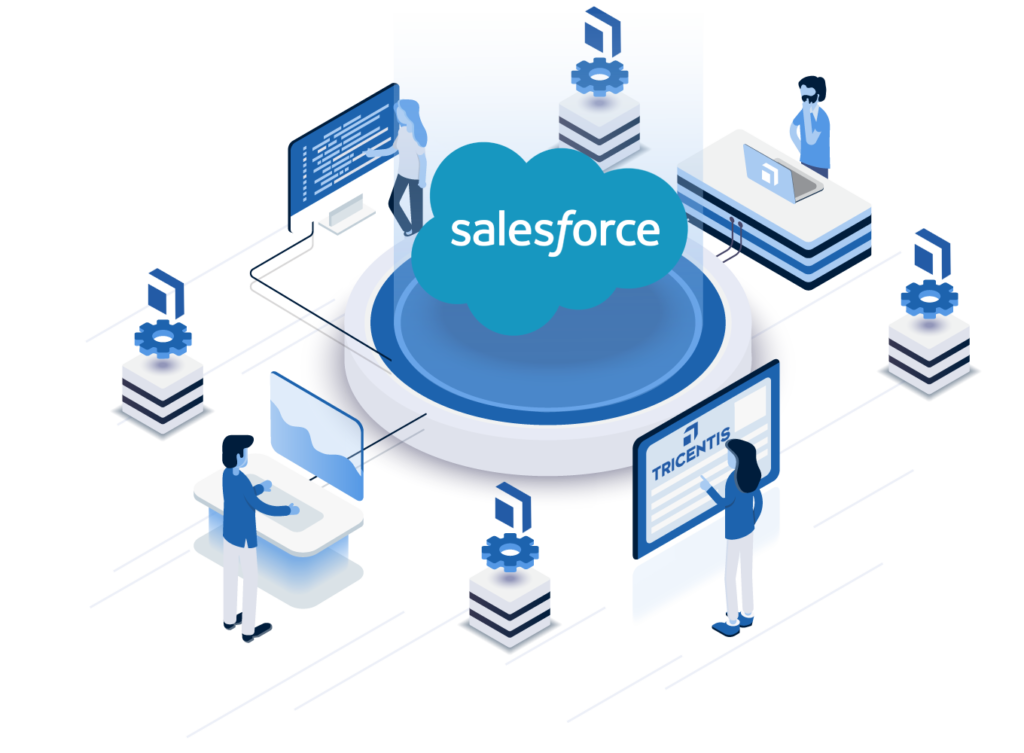Table Of Content
Introduction
Please refer to my earlier blog on –
https://animaacademy.com/difference-between-pmlc-and-sdlc/Some of the types of Breakdown Structures in use today include-
WBS (Work Breakdown Structure), OBS (Organizational Breakdown Structure), CBS (Cost Breakdown Structure), RBS (Resource Breakdown Structure), PBS (Product Breakdown Structure), BoM (Bill of Materials), RBS (Risk Breakdown Structure), CBS (Contract Breakdown Structure)
From the Planning phase viewpoint, three important elements need to be completed as these elements will act as input in the preparation of the Project Schedule.
The three elements are – Product Breakdown Structure (PBS), Work Breakdown Structure (WBS) & Resource Breakdown Structure (RBS)
Let us look at each of the elements of the Planning phase:
What is Product Breakdown Structure (PBS)
A product breakdown structure (PBS) is a tree diagram that starts with the FINAL Product and slowly breaks it down into every deliverable component. The goal is to have a clear understanding of what the product consists of and how it can be divided into smaller, more manageable parts. For instance, if you were creating a product breakdown structure for a new car, you might start with the end product (the car), then break it down into smaller parts like the frame, the engine, and the seats. In project management under the PRINCE2 methodology, a product breakdown structure (PBS) is a tool for analyzing, documenting, and communicating the outcomes of a project or main deliverable of a project and forms part of the product-based planning technique. The PBS provides “an exhaustive, hierarchical tree structure of deliverables that make up the project, arranged in a whole-part relationship”. The PBS precedes the WBS and focuses on cataloging all the desired outputs (products) needed to achieve the goal of the project. All elements of the PBS should be aligned to a stage boundary (SB) so that the Project Board can measure progress in delivery. The PBS, therefore, provides a useful management-tracking tool preventing stage boundaries (SB) from being passed without tangible progress being made. In PRINCE2 the PBS (or more specifically the Project Log) also forms the basis of the quality assurance process. Ultimately it is the quality of each product that will drive the success of the project.What is Work Breakdown Structure (WBS)
In contrast to the PBS, the Work Breakdown Structure (WBS) provides a hierarchical structure of project activities that need to be performed. It represents the Project’s – “to-do list.” Its focus is on “work” not “things.” A sub-component of WBS is the WBS Dictionary which has relevant detailed information in support of the planning process. The WBS forms the basis of the Project Plan, decomposing the main project into different groups which are referred to as Workpackages in PRINCE2. The levels of detail are dependent upon the complexity of the project. Once completed the WBS gives a solid foundation that, the tasks required to deliver all outcomes are understood and that the ordering is correct. One can create a PBS-WBS mapping document too, to give more clarity. One of the benefits of a WBS is that it helps the project manager to identify potential risks that a project might have. In case of unclear WBS, it becomes a risk area that has to be addressed via risk log/register. Such risks are supposed to be tracked properly, and a careful review is provided as the project goes on.What is Resource Breakdown Structure (RBS)
There are many aspects to planning a project. These aspects are referred to as Triple Constraints – Time, Cost, and Scope. [TSC] All three depend upon Resources. Resources planning and availability impact all three of those constraints and therefore require a method to control them—sometimes even a resource management software. The term “Resources” covers – materials and equipment used in a project as well as human resources. A resource breakdown structure (RBS) is a list of the resources that will be required to execute your project. The list is broken down by function and type, and at the very least will cover the people needed to complete a project successfully. Using RBS, Project Manager derives Cost Management Plan. It is during the planning stage of a project that the project manager will use an RBS. In RBS, the emphasis on a hierarchical listing of resources is key.PM need to list all the resources, whether they are significant or not or least important. Each of the levels of the project in turn WBS will need a certain number of resources. These have to be listed according to their importance towards the completion of each level, and finally completing the entire project. With complete and updated RBS in place, it gives an overview of the total number of resources that will be required and when updated ongoing basis, depicts availability of it and its utilization.Summary -
All three important breakdown structures – PBS, WBS & RBS are key to the successful completion of a project and the efficiency of the relevant project teams. In my viewpoint – the hierarchy of making starts with PBS followed by WBS and at last RBS.




